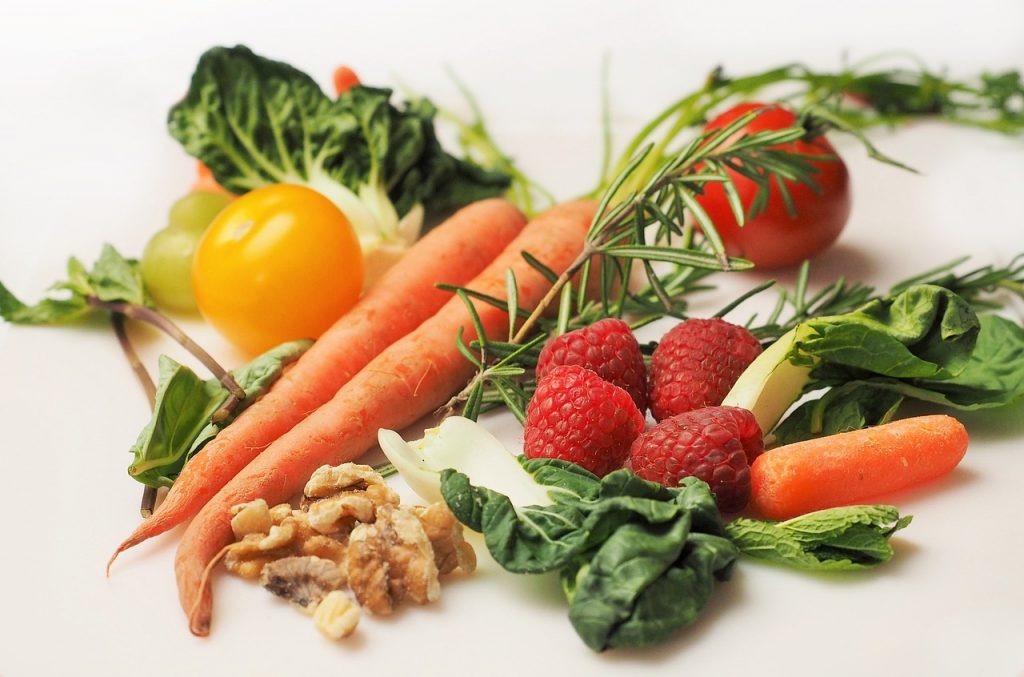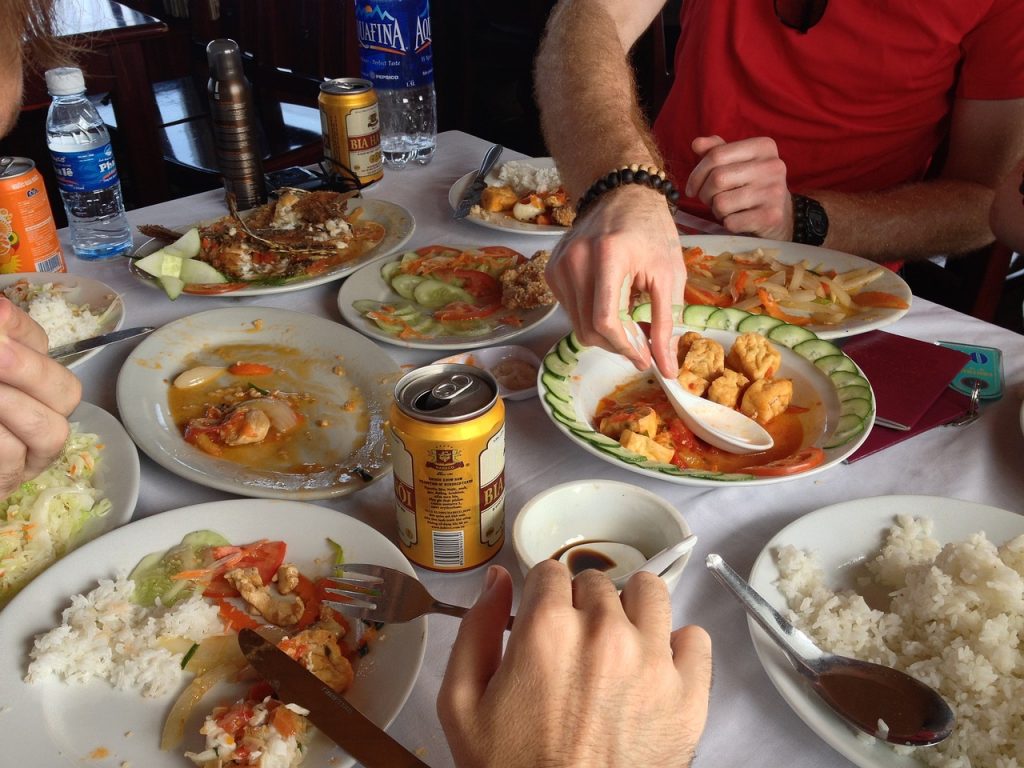In the US where new diet trends pop up more often than the latest streaming service, it would be shocking to hear that at least one country in the world is prioritizing how they eat and with whom they eat, just as much as what they eat. The government-sanctioned food guidelines in Brazil offer a refreshing perspective on eating well that prioritizes health, sustainability, and cultural richness. These guidelines are not just about choosing individual foods, but about considering the broader context of eating: with whom are you sharing your meals, are you eating family style or with your own plate, what impact does my food have on the environment? Here are some valuable principles to consider implementing into your own eating experience and approach to health.
1. Value Natural or Minimally Processed Foods
The cornerstone of Brazil’s food guidelines is the emphasis on natural or minimally processed foods. These are foods that have undergone little or no change from their state in nature to your plate. Think fresh fruits, vegetables, grains, legumes, nuts, and seeds. These foods are not only nutrient-dense but also less likely to contain added sugars, unhealthy fats, and sodium, which are common in highly processed foods.

2. Utilize Oils, Fats, Salt, and Sugar in Moderation
While not demonizing any food group, the guidelines recommend using oils, fats, salt, and sugar in small amounts to season and cook foods. The key is moderation, ensuring these ingredients enhance the natural flavors of foods without overshadowing their nutritional value. This approach encourages a healthier relationship with food, where taste and health go hand in hand.
3. Strengthen Cultural Food Practices
One of the most unique aspects of Brazil’s food guidelines is the emphasis on preserving and valuing cultural food practices. Eating is seen as more than just a biological necessity; it’s a cultural and social event. The guidelines encourage people to engage in cooking and sharing meals with others, fostering a sense of community and belonging. This focus on communal eating also supports healthier eating habits, as meals prepared at home are typically more nutritious than those consumed outside.

4. Make Room for Fresh and Local Produce
The guidelines advocate for the consumption of locally sourced and seasonally available foods. This practice not only supports local farmers and the economy but also reduces the environmental impact associated with long-distance food transportation. Moreover, eating local and seasonal foods means you’re getting produce at its peak of freshness and nutritional value.
5. Be Wary of Food Marketing
An important warning from Brazil’s food guidelines is to be critical of food advertising and marketing. The guidelines caution against being swayed by claims of health benefits or nutritional superiority without evidence. They encourage individuals to make food choices based on knowledge and understanding of what truly constitutes a healthy diet, rather than succumbing to trends and fads.
6. Eat Regularly and Mindfully
Lastly, the guidelines promote regular, mindful eating in a suitable environment. This means paying attention to the food you eat, enjoying each bite, and avoiding distractions like screens during meals. Such practices help enhance the pleasure of eating and lead to more satisfying and healthful meals.
Conclusion
Brazil’s food guidelines offer a holistic approach to eating well that goes beyond mere nutrition. They remind us that food is not only fuel for our bodies but also a source of pleasure, culture, and connection. By embracing these principles, we can nourish not just our bodies but our minds and communities, fostering a healthier, more connected world. Whether you’re in Brazil or beyond, these guidelines can inspire you to rethink your relationship with food and make choices that benefit your health and the planet. If you’re interested in diving deeper into Brazil’s food guidelines for yourself, you can access them for free on Brazil’s government website HERE.

